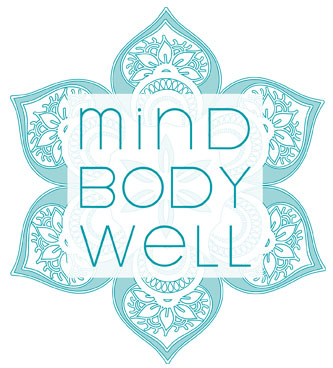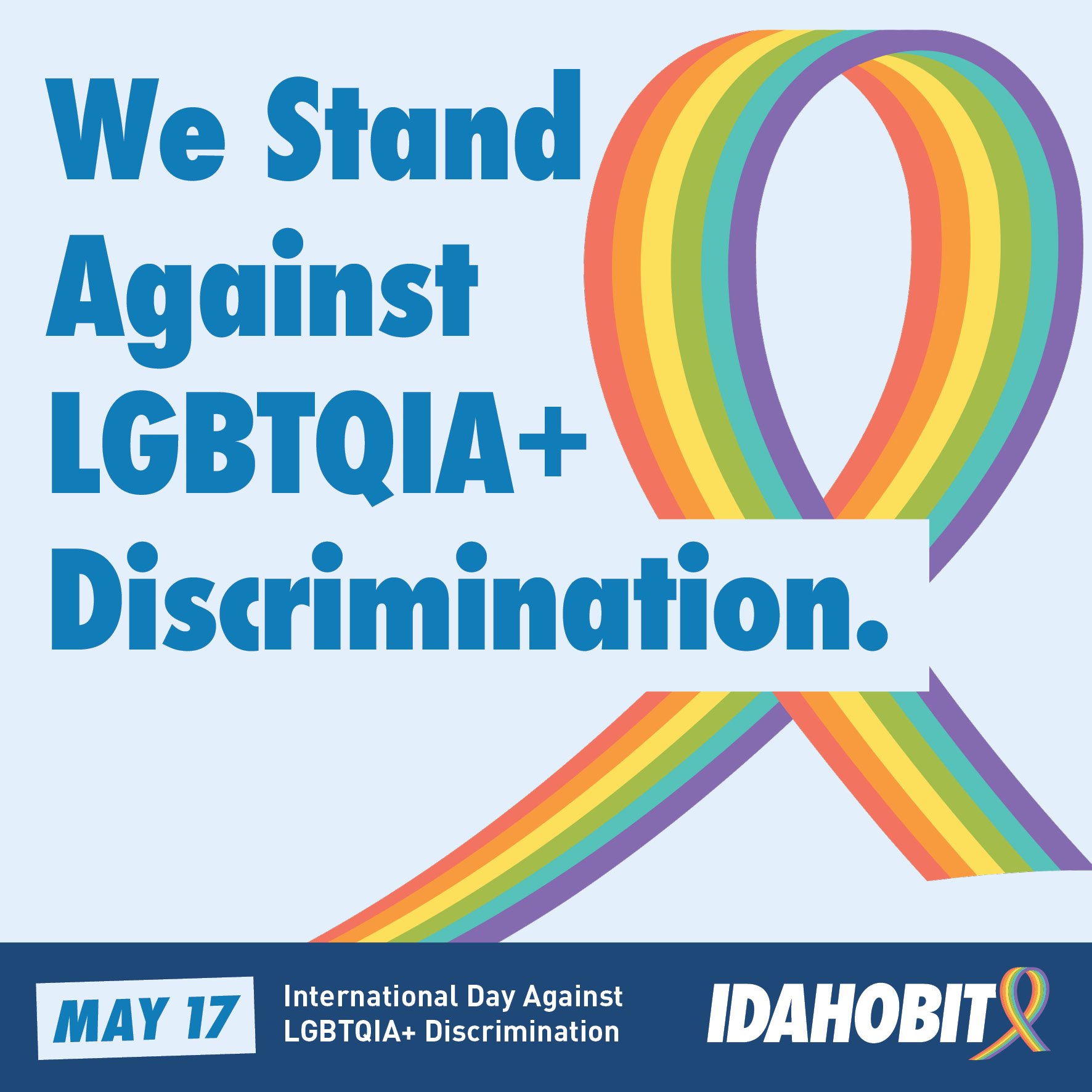As the year comes to a close, we may find ourselves reflecting on the months that have passed, and contemplating changes we’d like to make in the year ahead. This time of year is ‘peak season’ for the diet industry, as they expose us to a plethora of messages trying to convince us that our lives would be better, our happiness more achievable, if only we lost weight - which is of course, a very long way from the truth.
This year, we encourage you to break free from diet culture, and to focus on setting positive, sustainable goals which contribute to self care, nurturing, and physical and psychological wellbeing. Here are five strategies to consider as you approach the new year:
1. Unplug from Negative Influences
Social media has become an integral part of our lives, and has a significant impact on how we view ourselves. While it can be a great tool for connection, it can also amplify feelings of inadequacy, especially when we’re exposed to content which reinforces unrealistic beauty standards or unhealthy and unsustainable lifestyle expectations. Take a moment to evaluate the social media accounts you follow. If certain influencers, celebrities, or posts make you feel bad about your body or your lifestyle choices, it’s time to unfollow. Curate your feed with content that uplifts and inspires you. More puppies and kittens, and less ‘wellness’ influencers. Create a social media environment which nurtures your mental wellbeing, rather than detracting from it.
2. Break Free from Food Rules
Food rules are beliefs or values which dictate how, when, and what we eat. Food rules can be restrictive and damaging, creating feelings of guilt or shame when we don’t follow them. Challenge these rules can create a shift towards a more intuitive approach to eating. Allow yourself to eat what you genuinely want and need, instead of what you think you ‘should’ eat. Remember, food is not inherently good or bad; it’s a source of nourishment and enjoyment. Shift your mindset by using neutral and non-judgemental language with food, seeing food as fuel for your body rather than something to fear or control.
3. Cultivate Self-Compassion
We are often our own harshest critics, especially when it comes to our bodies and our actions. We may easily show kindness to others, but extending that same compassion to ourselves can be much harder. Yet, self-compassion is a cornerstone of mental and emotional wellbeing. If you’re looking for a meaningful New Year’s resolution, start by practicing self-compassion. Even if your thoughts are not yet filled with self kindness and compassion, take steps to build this very important psychological habit. Whether it’s making time for regular self-care rituals or speaking kindly to yourself when you make mistakes, these small steps can help build resilience and a deeper sense of self-worth. Put yourself on your priority list this year—schedule activities which nurture your mind, body, and spirit.
4. Prioritise Quality Sleep
In everyday life, it’s easy to de-prioritise sleep for other competing demands. Given quality of our sleep directly affects every aspect of our health—physical, mental, and emotional, this is a key area of focus when we want to make positive changes. Lack of sleep can impact our mood, energy levels, and even our immune system. It can be helpful to create a calming nighttime routine which promotes relaxation and helps signal your body that it’s time to wind down. Limit the stimulation of screen time before bed, and try to maintain relatively consistent sleep and wake times (even on weekends), to regulate your body’s internal clock. Additionally, eating nourishing foods throughout the day and incorporating relaxation techniques such as meditation or deep breathing exercises can help calm the mind before sleep.
5. Engage in Joyful Movement
For many, the idea of exercising feels synonymous with punishment, and is connected with guilt and a desire to change our bodies. The ‘no pain, no gain’ mentality perpetuated by diet culture tells us that movement must involve burning calories or losing weight. Think about changing your focus to joyful movement - a celebration of what your body can do. Whether it’s dancing to your favorite song, going for a walk in nature, or trying a new sport, find activities which bring you joy. Pay attention to how your body feels during and after the activity, and let the positive experiences guide your choices.







